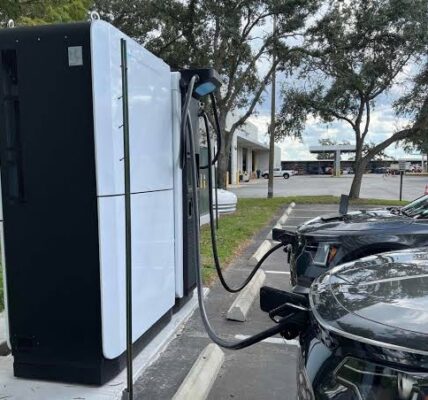Monolith and NIO Europe Collaborate on AI-driven Anomaly Detection for EV Batteries
NIO, a leading company in the premium smart electric vehicle market, has selected Monolith, an AI software provider, to collaborate on AI-driven anomaly detection for EV batteries. The partnership aims to leverage NIO’s battery swap technology to gain insights into real-world battery usage.
Monolith’s Anomaly Detector AI software will be used to monitor battery performance data generated in the field. This data will be compared with test-bench results and integrated into verification activities. The software enables NIO and Monolith engineers to identify abnormalities in cross-channel results based on complex system relationships.
“NIO’s partnership with Monolith exemplifies our commitment to delivering a premium user experience,” said Frank Kindermann, Head of Battery System Europe at NIO. “98% of our users across the five key European markets opt for Battery as a Service (BaaS).” He added that BaaS allows NIO users in Europe to flexibly charge or swap their batteries, enhancing convenience and cost efficiency.
Monolith’s self-learning algorithms automate the inspection of raw test data to detect potential errors or abnormalities across hundreds of test channels. This approach aims to find battery test data anomalies more rapidly and efficiently.
“Monolith’s deep-learning algorithms allow for automatic detection of battery issues, such as spontaneous discharge and thermal runaway,” said Dr. Richard Ahlfeld, CEO and Founder of Monolith, “Making it easier to analyse complex real-world data quickly.” This capability saves time and resources while enhancing battery safety.
The Monolith AI platform also includes algorithms designed to reduce physical testing time and simulations required for product development. The software makes instant predictions using engineering test data, helping engineers identify areas for optimization and development without extensive repetitive physical tests.








